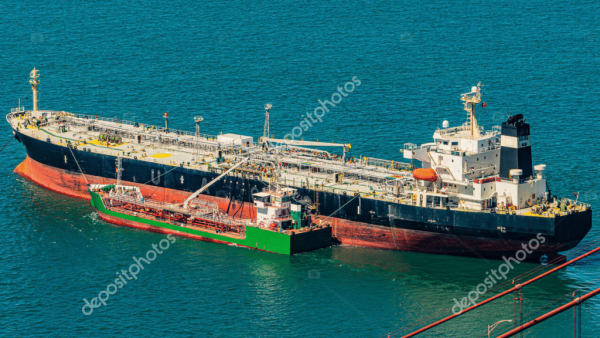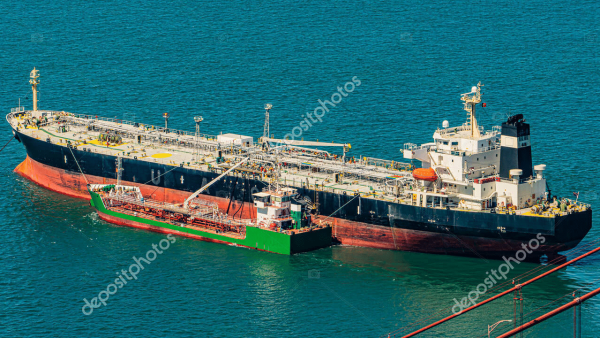

Kolkata: What can a narrow stretch of water more than 2,000 km away from New Delhi hold the key to your kitchen budget? No mere rhetoric, if it’s a water body that controls well over 20% of the crude oil shipments globally, it can create hell of a lot of nonsense. Iran’s Parliament has voted to close the Strait of Hormuz to bring pressure on the world powers to quickly end the hostilities in the Israel-Iran conflict. And it has got ominous portents for India. While no one country controls the Strait of Hormuz, it is controlled in the north by Iran. India, the world’s fastest growing major economy, is the world’s third-largest oil importer and fourth-biggest gas guzzler.
No matter how fast we wish to move towards green sources of energy, the world still moves on petroleum. Therefore, crude oil movements determine important metrics of the global economy. Significantly, rumblings of closure of Strait of Hormuz has sent the price of Brent crude oil, the international benchmark, soaring 3.9% to touch $80 a barrel on June 22. US crude (Texas Intermediate) rose 4.3% to close at $77 a barrel. On June 3, trade data showed Brent crude was at about $63 a barrel.
India is a big importer of crude oil. It is the biggest item in our import bill. According to reports, about 40% of India’s crude supplies come from West Asian countries such as Saudi Arabia, Iraq, the UAE and Kuwait. The shipments from these countries — estimated at about two million barrels every day on an average — reach India through the Strait of Hormuz. Fortunately, India also imports a lot of crude from Russia which is shipped through the Suez Canal, Cape of Good Hope and even the Pacific Ocean which will remain unaffected by the closure of the Strait of Hormuz. LNG supplies to India from Qatar are also not dependent on the Strait of Hormuz. LNG supplies from the US, Australia and Russia will not be impacted too.
But crude oil shipments to India from at least two countries are likely to be impacted if the Strait of Hormuz is closed to shipments. These are from Iraq and Saudi Arabia, experts have pointed out. But even if India does not suffer the impact directly, the disruption of crude oil around the world will raise crude oil prices around the world, which can have other spillover effects. International Energy Agency has expressed deep concern on this issue.
If this strait is closed, the shipments have to be routed through other parts of the world, which will raise both shipping tariffs and insurance costs. In turn, the procuring agencies have to pay a higher price. If the oil marketing companies decided to pass on some of the additional cost to the public, the retail prices of petrol and diesel can easily go up.
Oil Minister Hardeep Singh Puri has assured that India has enough energy supplies to meet requirements for several weeks. He wrote on a social media post that the administration is “closely monitoring the evolving geopolitical situation in the Middle East since the past two weeks…. we have diversified our supplies in the past few years and a large volume of our supplies do not come through the Strait of Hormuz now,” he said.
India’s crude import bill jumped by 2.7% in FY25 and reached $137.0 billion compared to $133.4 billion in FY24. India had to import 234.3 million tonnes of crude oil between April and March this year — a 3.4% increase from 242.4 million tonnes in the same period in 2024. Data from Petroleum Planning & Analysis Cell state that in April India imported as much as 90% of its requirement of crude oil.
India is now at a sweet spot vis-a-vis inflation. In May retail inflation declined to 2.82% — the lowest in more than six years, which was powered by food inflation dropping 0.99% during the month. “The significant decline in headline inflation and food inflation during the month of May 2025 is mainly attributed to a decline in inflation of pulses & products, vegetables, fruits, cereals & products, households goods & services, sugar & confectionary and egg and the favourable base effect,” NSO said in a statement. The food inflation in May 2025 is the lowest since October 2021. If crude prices rise and there is a concomitant rise in retail petrol, diesel prices, it could trigger all-round price rise due to rise in overall transport costs, which can trigger inflationary pressure. And the rate of inflation influences a lot of things, most importantly the rate of interest in the country, which, in turn, decides your EMIs.
Expert agencies state that a rise of $10 in the price of crude oil per barrel can approximately widen current account deficit by as much as 0.4% of the GDP. It also has the potential to push up retail inflation by up to 35 basis points.